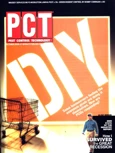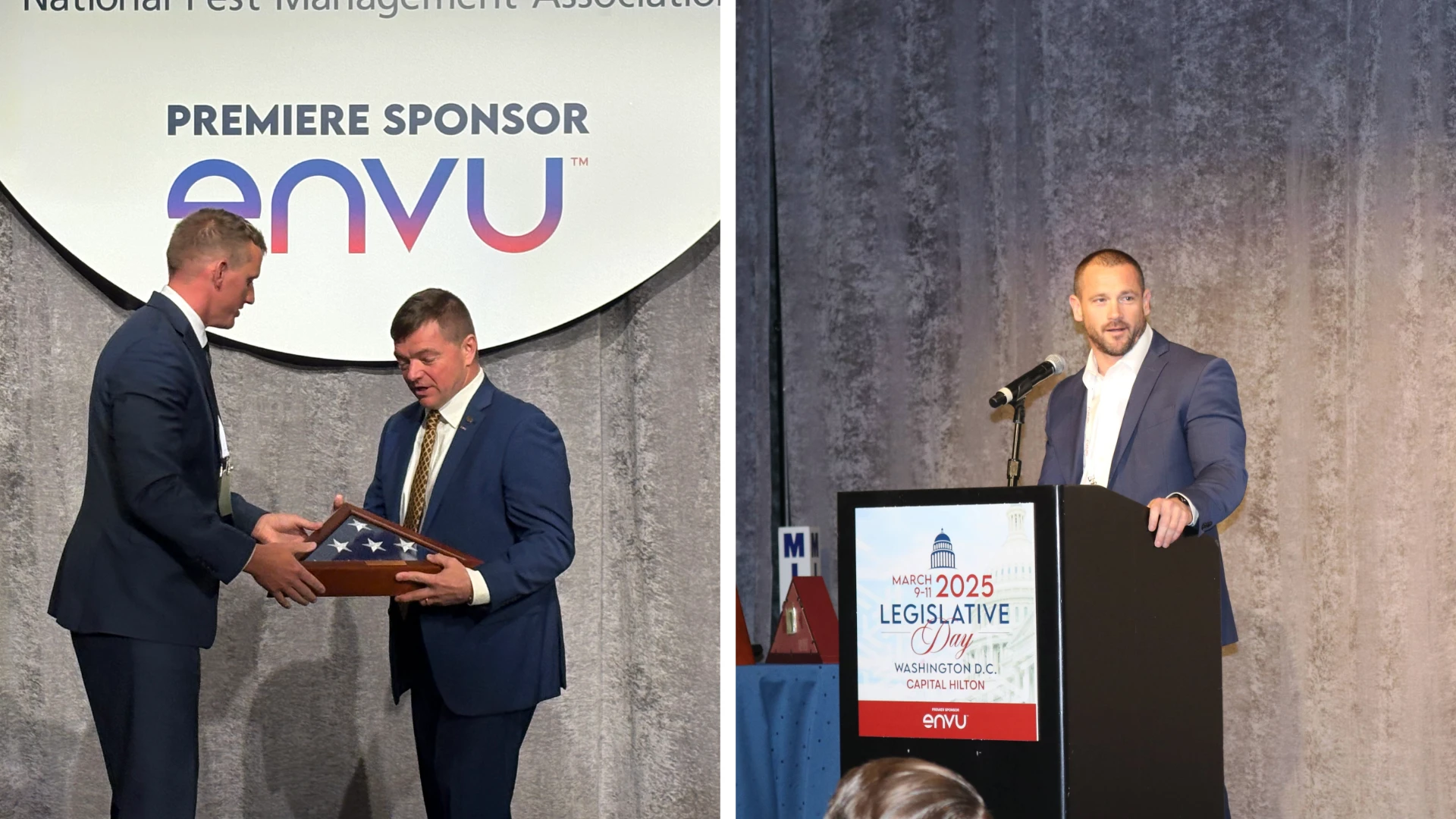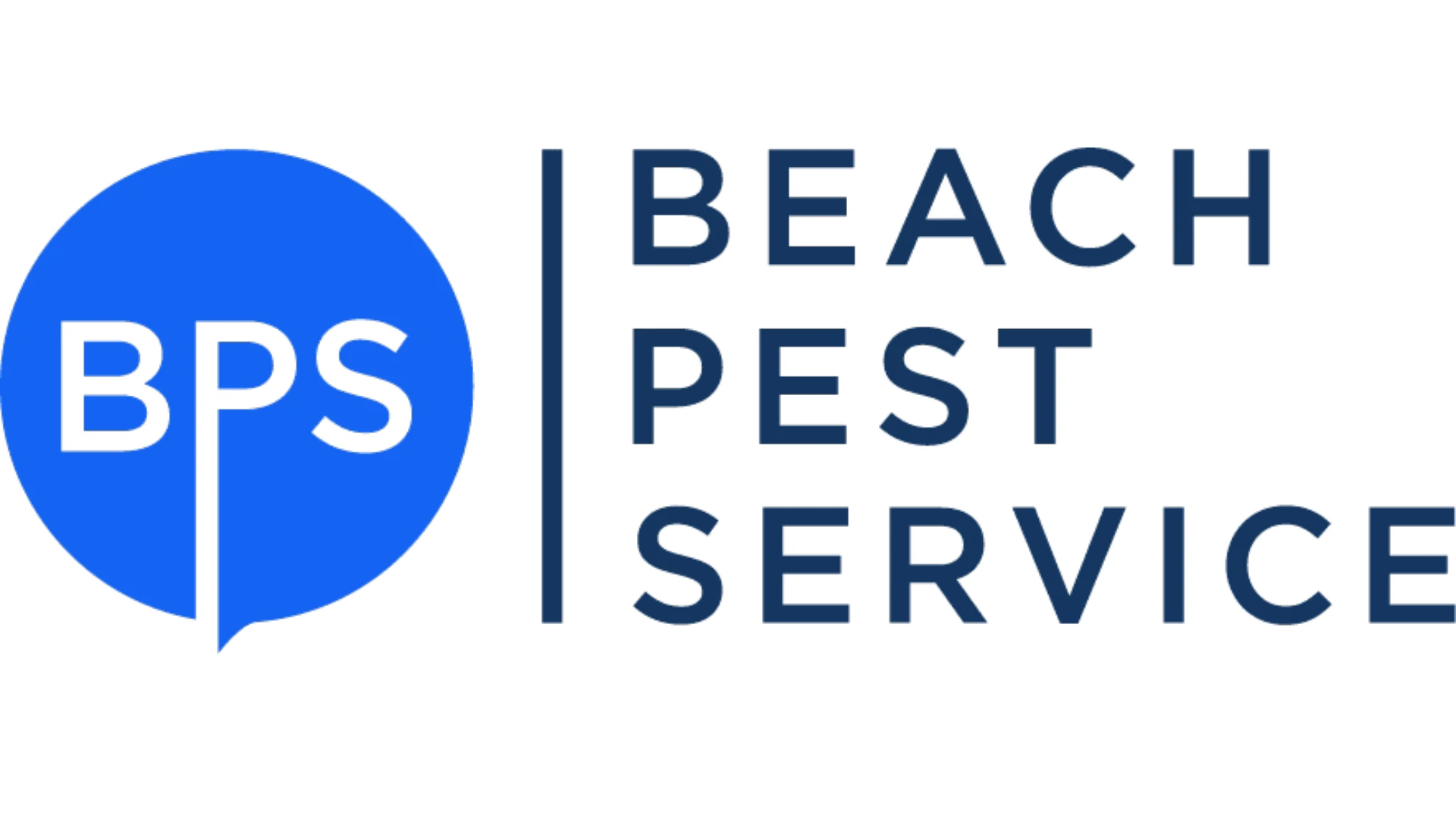Word-of-Mouth Still
Reigns Supreme
Despite marketing dollars spent on online advertising, a personal recommendation is the most trusted form of advertising among Internet users around the world, according to The Nielsen Global Online Consumer Study results released in April of 2009. The survey, canvassing 25,000 Internet consumers in 50 countries, found that 90 percent trust recommendations from people they know. Not a surprise, says the company, because the finding agrees with conventional wisdom that people value opinions of friends and family over any other source when it comes to making buying decisions.
The opinions of others online and brand Web sites were the next most-trusted types of advertising, with 70 percent having some degree of trust in each, up 10 percent from two years ago when Nielson first introduced the ‘trust in advertising’ component of its survey.
However, the study also reports that the level of trust for current online and mobile ad formats remain low. Nielsen suggests the need for a renovation of the industry’s approach to online advertising that still serves brands while doing so in a way that also builds consumer trust. — Christine Brazell
*****
Social Media and Video Sites
Reshaping the Internet
“Online engagement” by Internet users is deepening, according to a report on the online landscape released by The Nielsen Company in April 2009. This increased engagement is in part a result of a shift toward video content and social networking as popular online subcategories.
“The Internet remains a place of continuing innovation, with users finding new ways to integrate online usage into their daily lives,” said Charles Buchwalter, senior vice president for research and analytics, Nielsen Online. “In recent years, the Internet has changed dramatically as people seek more personalized relationships online. In particular, time spent on social networks and video sites has increased astronomically. Advertisers are starting to positively re-assess the value of the online experience and create more meaningful relationships with consumers.”
Since 2003, interests of the average online user have shifted significantly. Categories that consisted of portal-oriented browsing sites, such as shopping directories, guides, Internet tools and Web services, used to be the top categories to engage users. Today, active Internet users prefer sites that contain more specialized content, and as a result, video and social networking sites have moved to the forefront, becoming the two fastest growing categories in 2009.
Highlights of the report regarding online video and social networks include:
- There are 87 percent more online social media users now than in 2003, with 883 percent more time devoted to those sites.
- In the last year alone, time spent on social networking sites has surged 73 percent.
- In February of 2009, social network usage exceeded Web-based e-mail usage for the first time.
- The number of American users frequenting online video destinations has climbed 339 percent since 2003.
- Time spent on video sites has shot up almost 2,000 percent over the same period.
The full report on the global online landscape can be downloaded from Nielsen’s site. (http://blog.nielsen.com/nielsenwire/nielsen-news/online-global-landscape-0409/)
— Christine Brazell
*****
Back to Basics
According to the Top Marketing Trends for 2009, marketing executives are focusing on core marketing principles and continuing to invest in innovation. And while they may be sick of hearing new technology buzzwords, executives admit they don’t know enough about such topics. This survey was conducted by the Marketing Executives Networking Group in conjunction with research firm Anderson Analytics.
Some key findings:
- Insight and innovation are viewed as keys to combating down economic and business cycles. Seventy-two percent of respondents indicated that innovation efforts would stay the same or increase while 39 percent say their use of market research will increase.
- Customer satisfaction and customer retention remained the top two marketing concepts followed by marketing ROI, brand loyalty and segmentation, indicating a back-to-the-basics approach to marketing.
- Twice as many marketers are “sick” of hearing about Web 2.0 and related buzzwords such as “blogs” and “social networking” compared to last year’s survey; however, marketers still admit they don’t know enough about the topic. According to a social media study MENG released at the end of 2008, 67 percent of executive marketers consider themselves beginners when it comes to using social media for marketing purposes.
Similar to 2008, marketing executives still feel Baby Boomers represent the best opportunity for customer targeting. However, the perceived importance of Generation X and Generation Y grew significantly compared to last year.
Marketing motivation
Books that provided “marketing inspiration” included Good to Great (the most widely recommended). Others included Groundswell, Hot Flat and Crowded, The Black Swan, Predictably Irrational, Mavericks at Work, The New Rules of Marketing and PR, The Art of the Start, Purple Cow, Go Put Your Strengths to Work and Our Iceberg is Melting. — Christine Brazell

Explore the October 2009 Issue
Check out more from this issue and find your next story to read.
Latest from Pest Control Technology
- Understanding Rodents and Bird Flu
- Green Pest Solutions Awards Safest Driver New 2025 Ford F150
- UF/IFAS Sheds Light on Tiny Invaders During Termite Awareness Week
- Registration Open for Lawn & Landscape Technology Conference
- Fleetio Launches Automotive Service Excellence Scholarship
- WorkWave Appoints John Phelan as CTO
- PMPs Use Capitol Hill Visits to Push for Preemption
- 20 Trapping Tips





